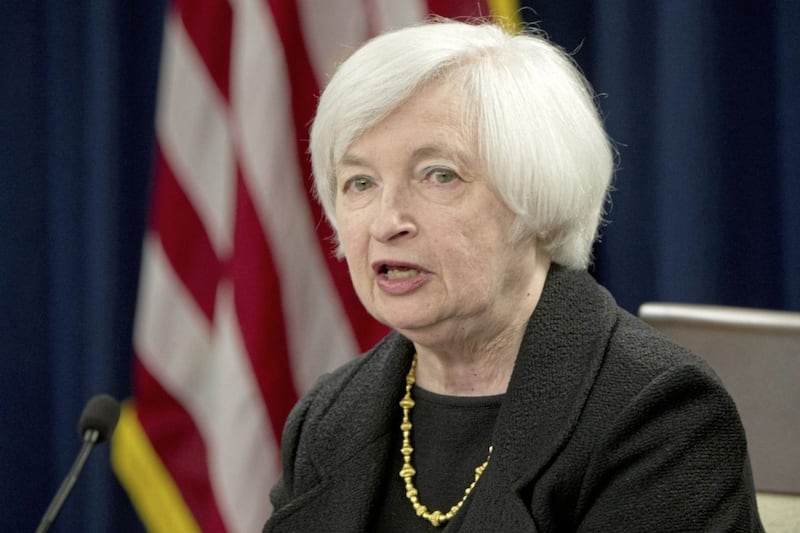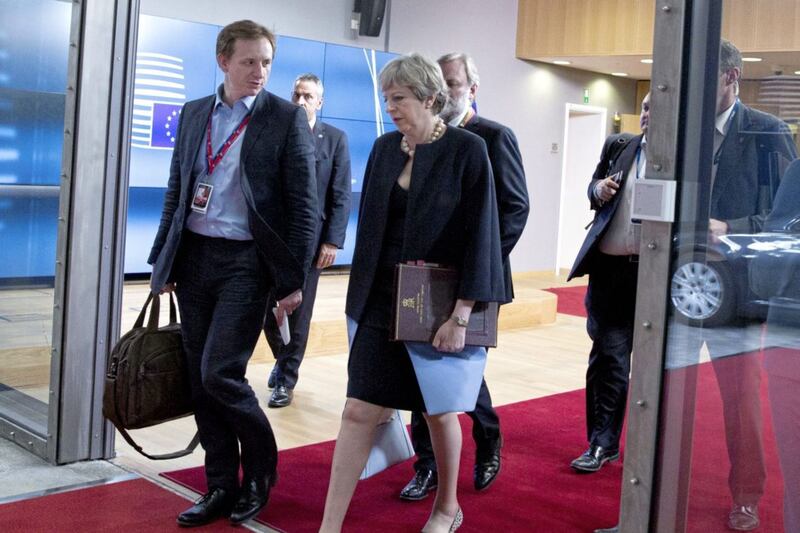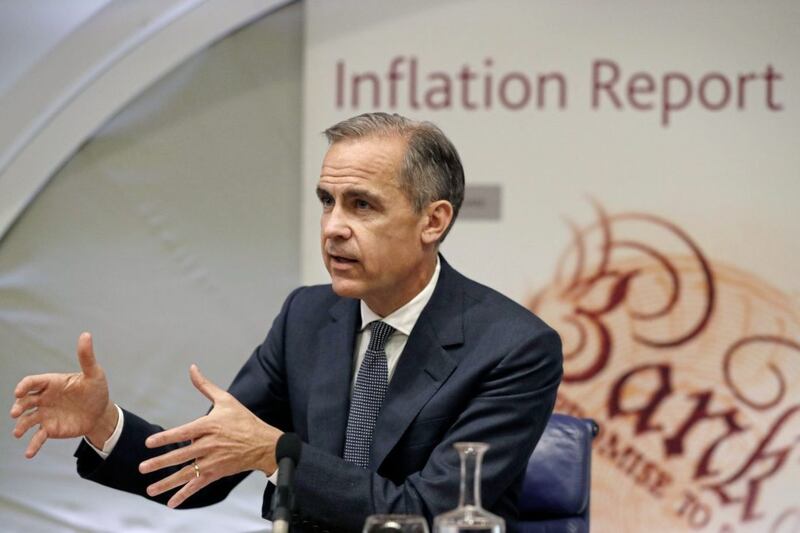Sterling has become much more stable since the autumn. It has managed to regain some ground against the euro, and is currently trading around 85p, even though it looks like the UK may be heading for a ‘hard’ Brexit.
The UK economy has held up much better than expected post-Brexit vote, with strong GDP growth of 0.6 per cent in both quarters three and four. Growth forecasts for 2017/18 have been revised upwards, while the government seems increasingly confident that it can secure a trade deal with the EU. The markets now think that the next move in UK interest rates will be upwards, with the economy holding up and inflation on the rise.
Meanwhile, the UK government remains on course to trigger Article 50 next month, removing another element of uncertainty. All of this has helped create a more positive backdrop for sterling at a time of heightened political risks in the Eurozone and the US. The UK currency could remain stable for much of this year given that there is likely to be little real news flow on the Brexit negotiations, with market attention more focused on elections in Europe.
Downside risks remain for sterling next year, though, as the exit negotiations come to a head, with the process likely to prove fraught and punctuated by crises and much uncertainty about the final outcome. For the time being, though, sterling looks to have entered calmer waters.
In the week ahead, some of the market focus will be centred on Fed chairman Janet Yellen’s semi-annual testimony to Congress. The recent post-FOMC meeting statement provided no meaningful updates on the economic outlook. There had been some expectation that positive US data might have seen the Fed adopt a more hawkish tone on the issue of policy tightening.
The Fed is currently projecting that rates will rise to 2.125 per cent by end-2018. Markets are taking a more cautious view, expecting rates to be around 1.5 per cent. A key factor that could impact the views of both the Fed and markets is President Trump’s touted fiscal stimulus. While we have yet to see much concrete detail on this, the Fed chair is still likely to be asked for her views of the potential policy implications, as well as for her more general economic outlook.
The US data schedule contains a number of important releases, including January retail sales. They rose by 1.6 per cent in Q4, an improvement on Q3’s 0.9 per cent rise. This mirrors the pick-up in goods consumption seen in the GDP figures. Sales are anticipated to have recorded a fifth consecutive (though modest) increase in January.
Meantime, the CPI inflation rate looks set to pick-up further to 2.4 per cent, a five year high. Although, data show that the Fed’s preferred core-PCE inflation measure remains below its 2 per cent target. On the output side of the economy, industrial production is forecast to edge lower in January, following its strong 0.8 per cent increase in December. The timelier NY and Philly Fed indices for February are likely to remain consistent with modest growth in the sector.
There is also a busy schedule in the UK, featuring a raft of key labour market data. Figures to date for quarter four suggest that we could see employment record only its fourth quarterly decline since 2010, perhaps showing some negative Brexit vote related impact. The unemployment rate is anticipated to have held at 4.8 per cent.
Year-on-year growth in average earnings may have moved up to 2.8 per cent in quarter four, from the third quarter's 2.4 per cent. Although, CPI data for January are expected to show that inflation has risen to 1.9 per cent, slowing the pace of real wage growth. Meantime, retail sales are expected to have risen by 1 per cent in January, following December’s sharp 1.9 per cent fall.








